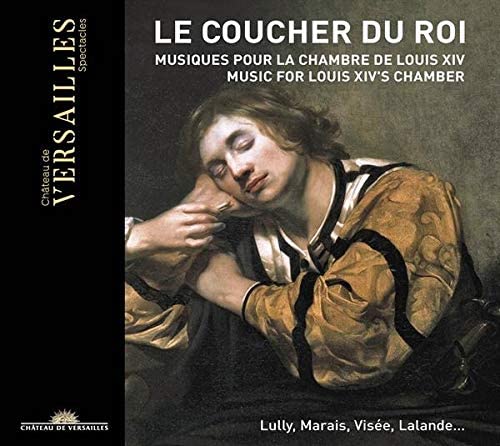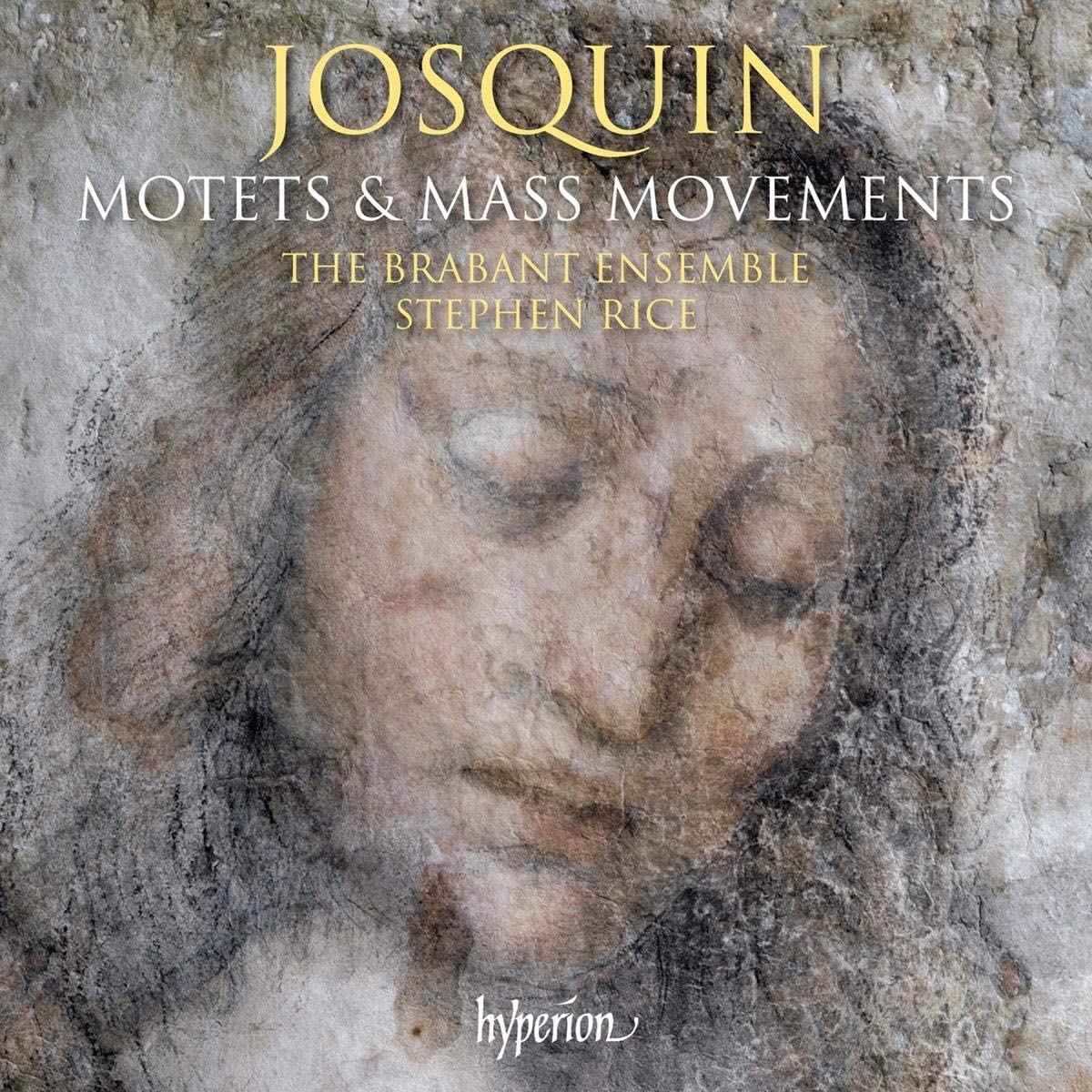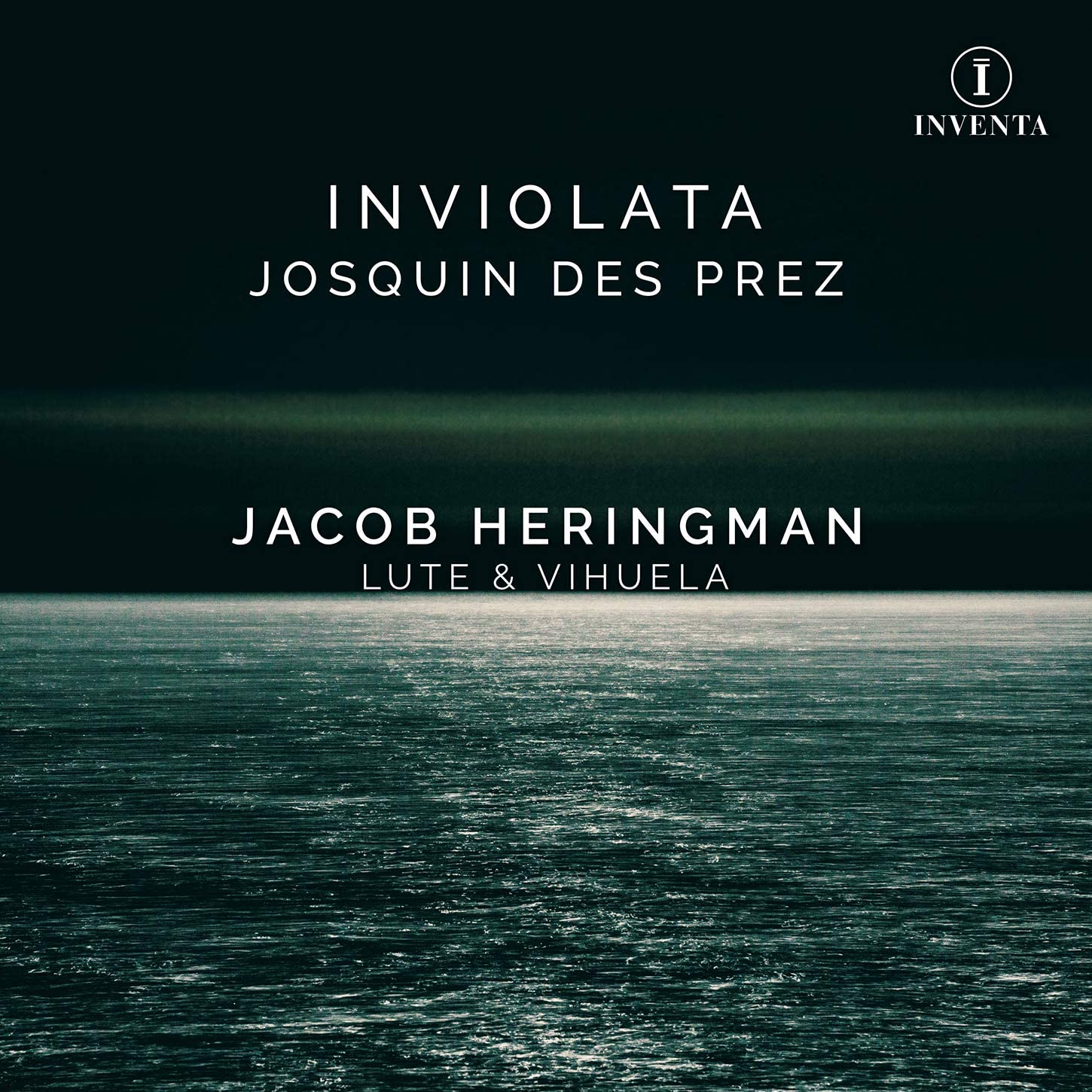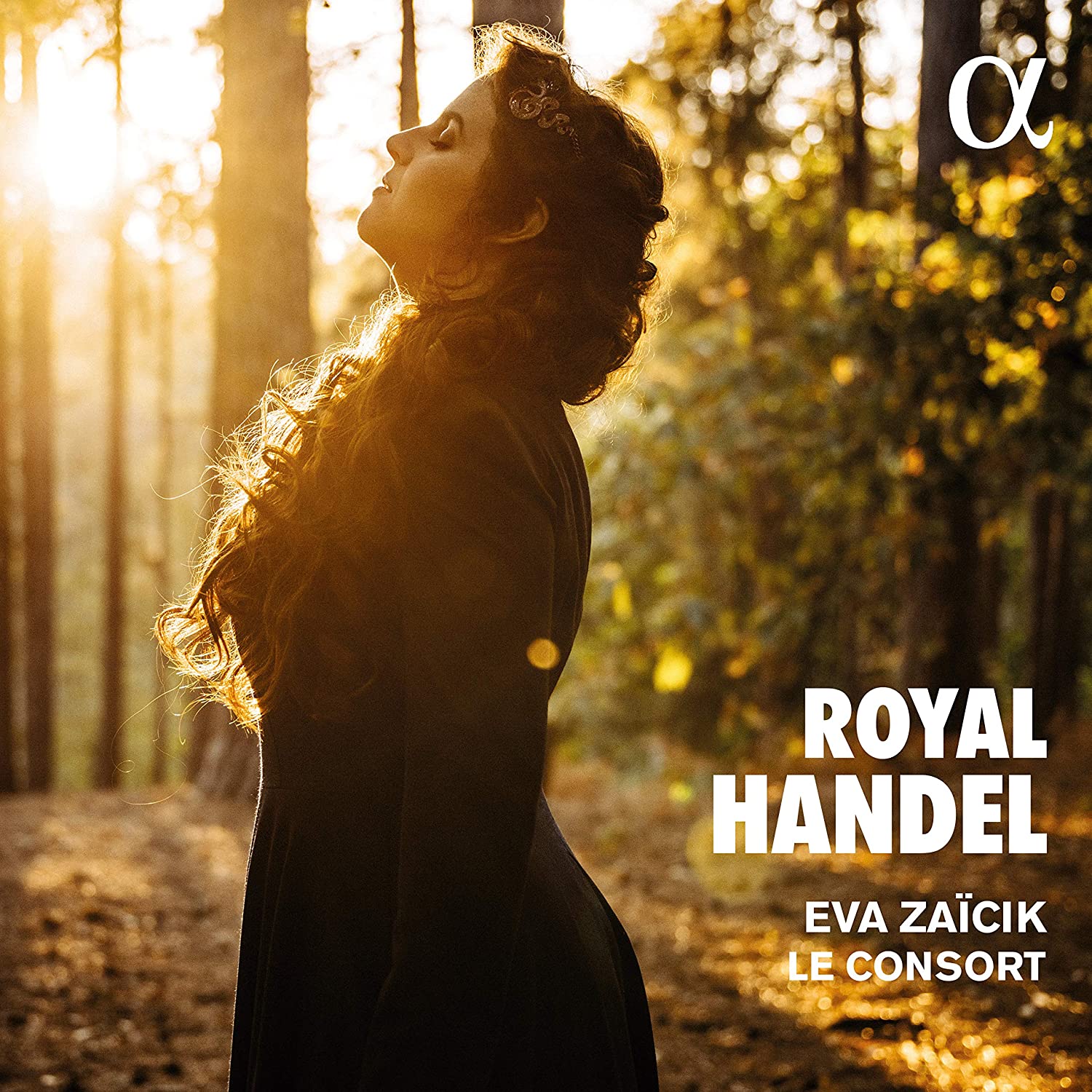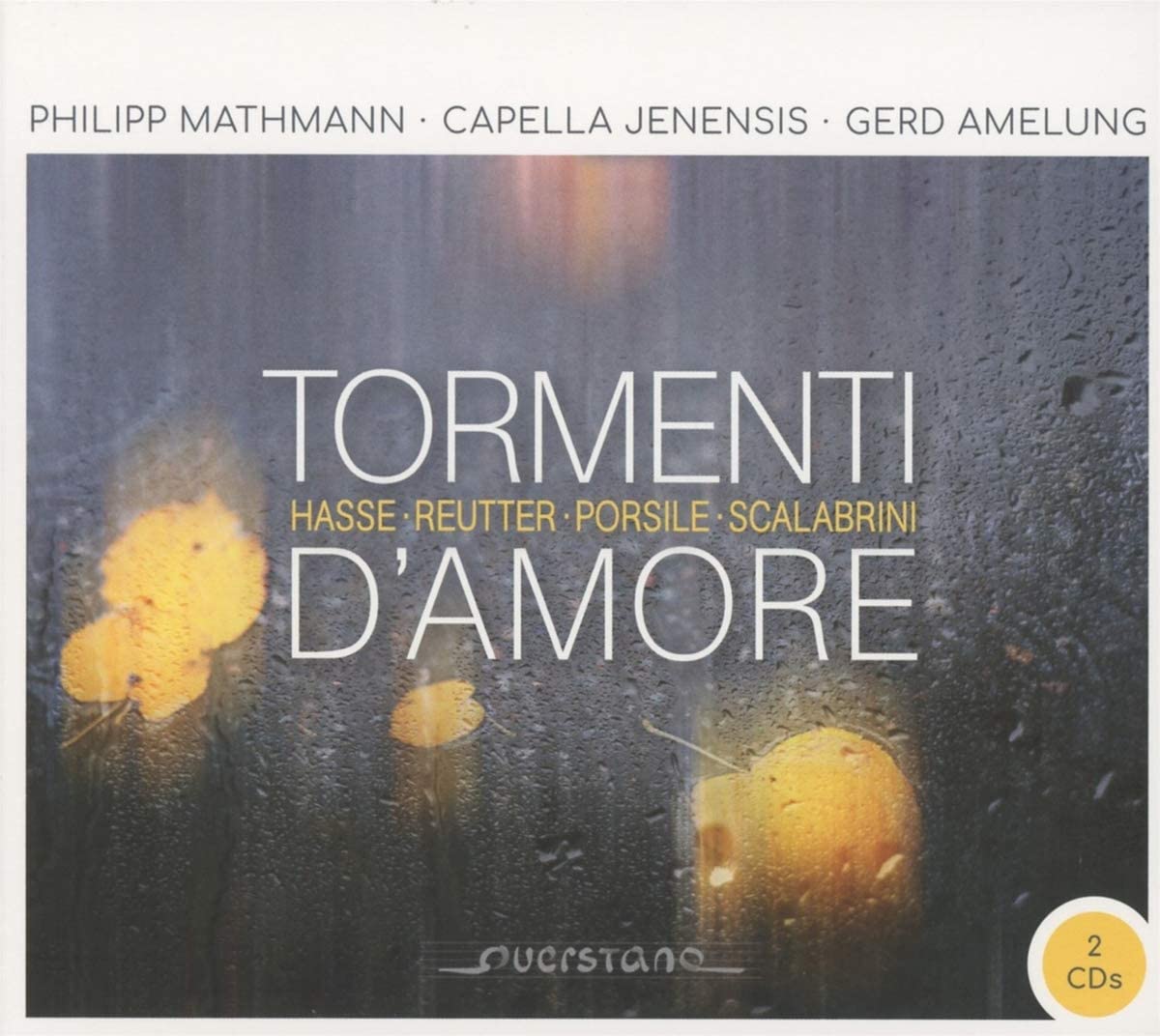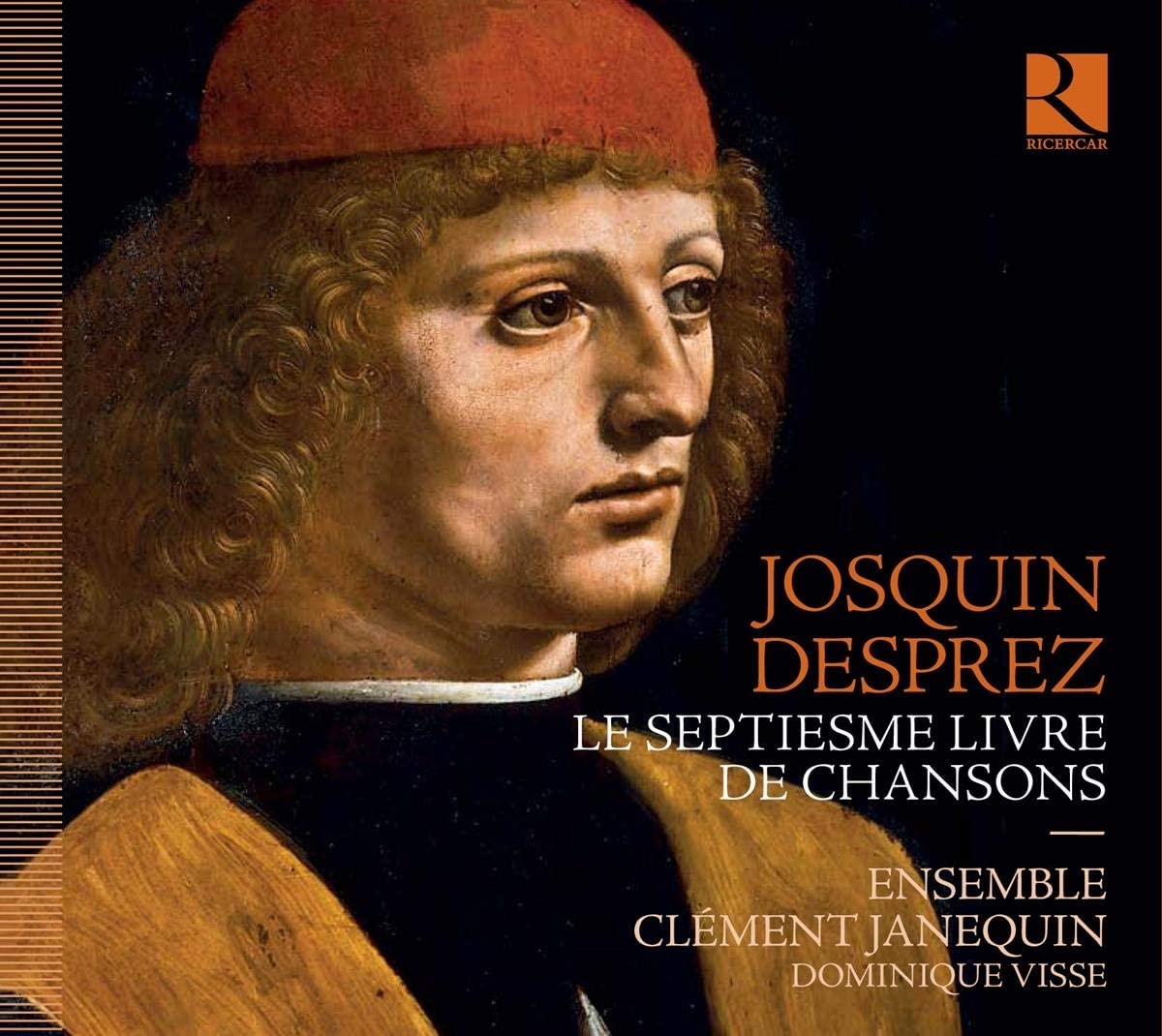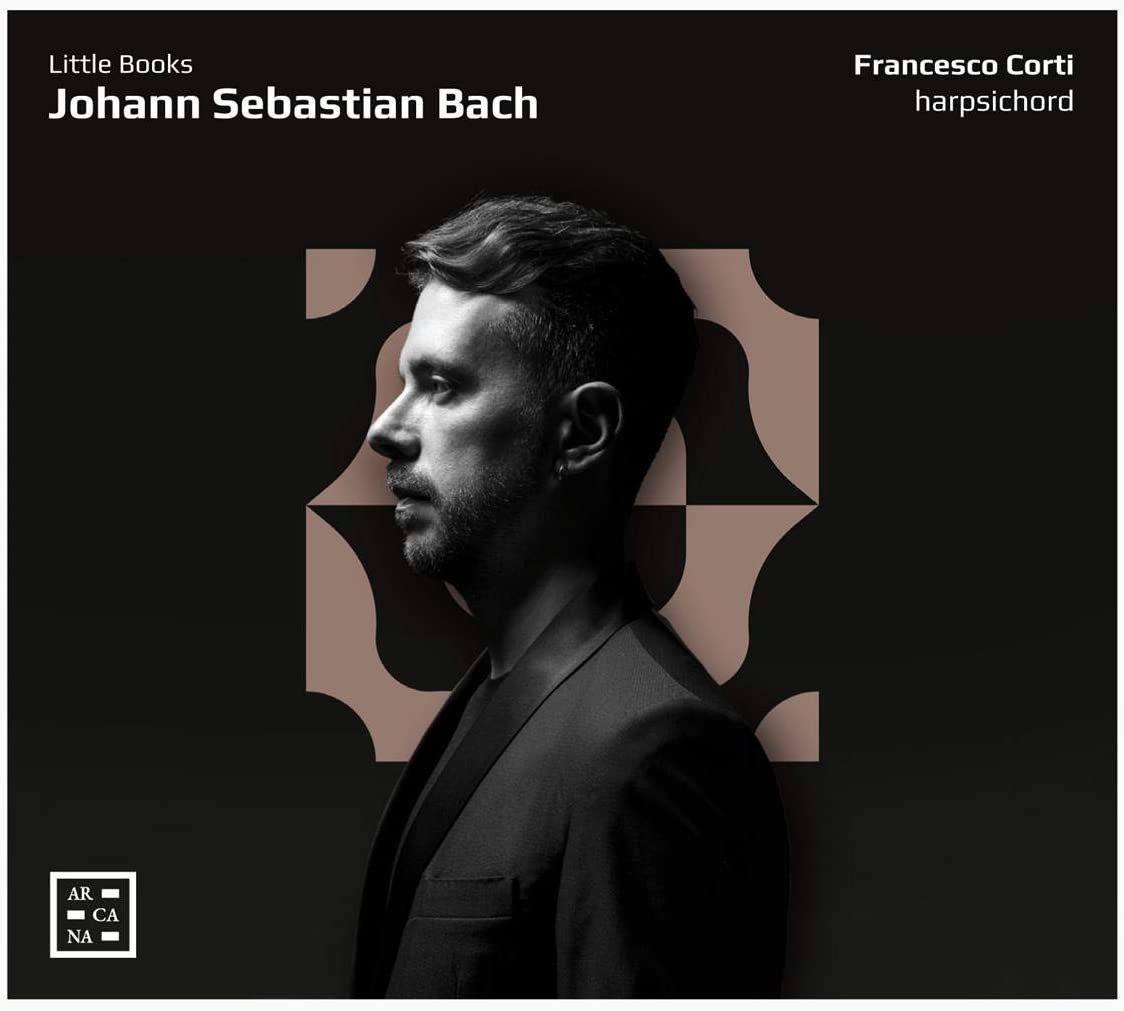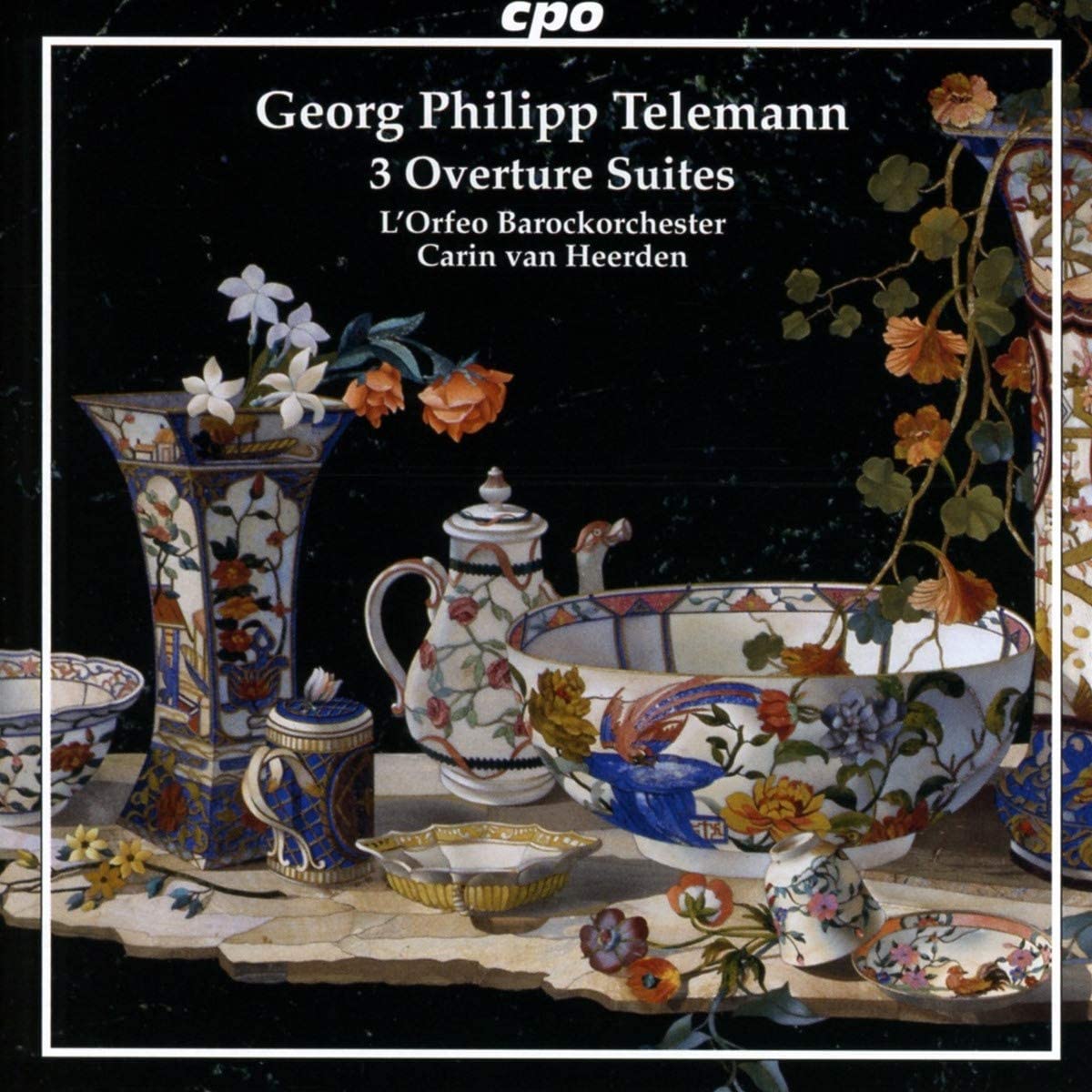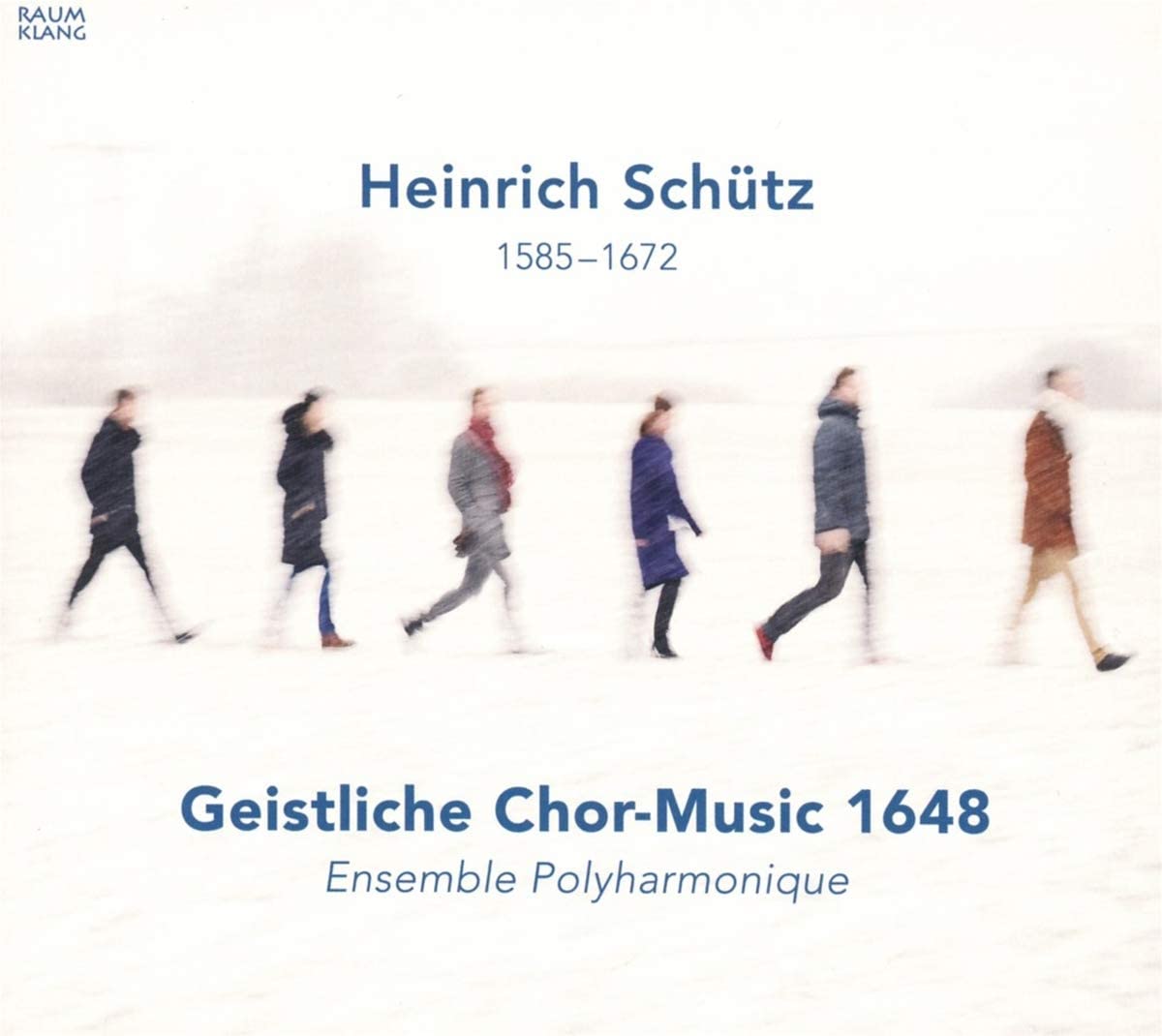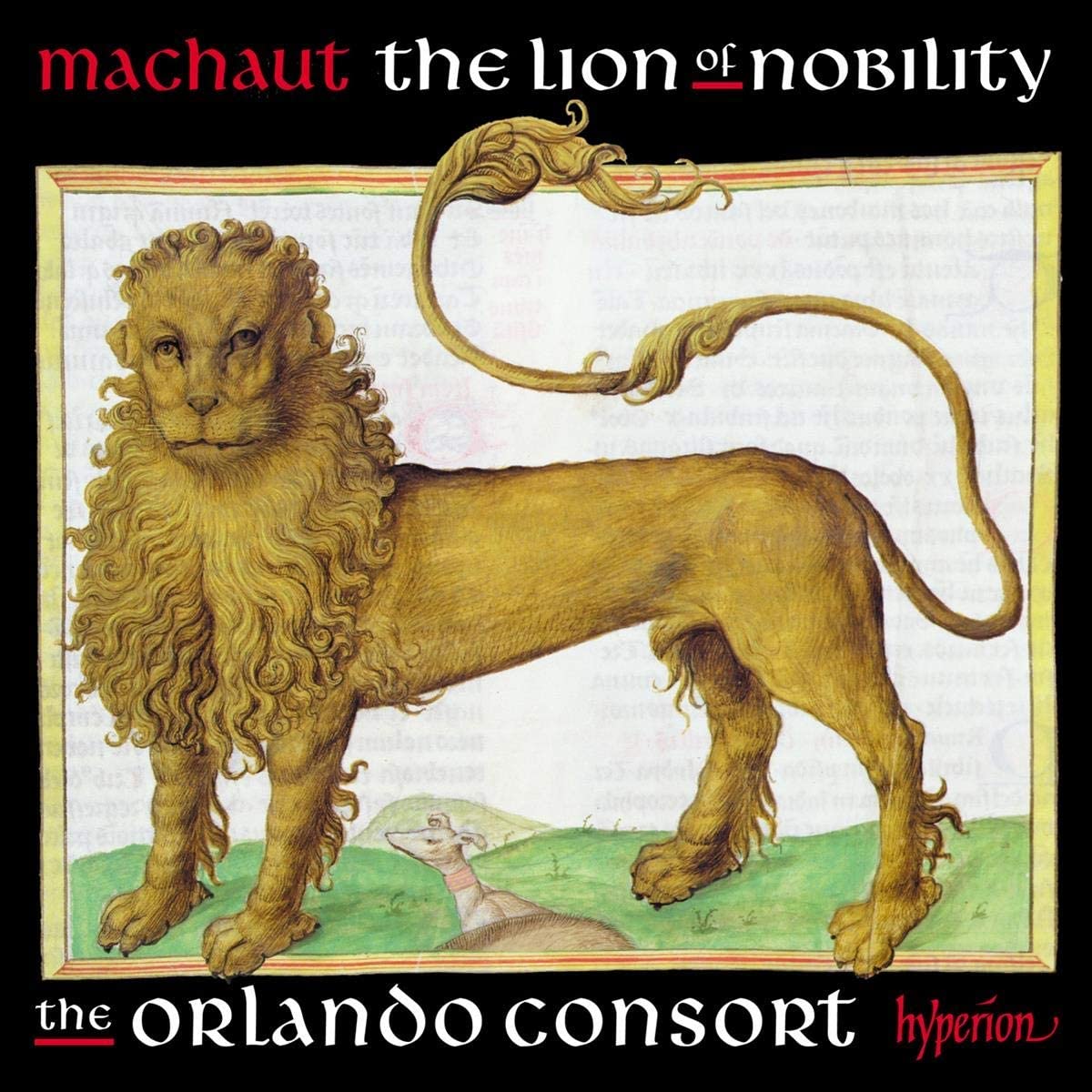thibault Roussel theorbo and director
Château de Versailles Spectacles CVS029
74:00 (CD) 59:00 (DVD)
Click HERE to buy this on amazon.co.uk
The conceit here is that, in the evening of both the day and his life, the aged Louis XIV has summoned his favourite musicians to play him his favourite music as part of the formalities surrounding his retiring for the night. So we have a lovely programme of (mainly) short pieces by the usual suspects: Lully and Lalande, of course, but also Lambert, de Visée, Marais and even that relatively youthful upstart, François Couperin. The instrumentation includes voices, flutes, strings and assorted pluckers in a wide variety of ensembles and solos, offering a rich panoply of sumptuous sounds – three bass viols, two viols with singer and theorbo etc., etc..Quite frankly, this ensemble can come and play to me at any old time of any day! The performances are unfailingly lovely and show great commitment to a repertoire that is still a mystery to many. Yes, I’ll probably have a growl about some questionably over-staffed continuo departments, but the growls will be quiet ones.
The DVD contains some of the repertoire from the CD but also additional pieces (fine chamber music by Hotteterre and Dornel, for instance), all filmed in various atmospheric locations within the Château de Versailles. And, in contrast to some concert DVDs I have seen, someone has actually thought about what it looks like! The singers have memorised their music and, even if they don’t fully act their scenes, they do at least inter-act with each other in a convincing quasi-dramatic way. However, when the final credits roll brace yourself! The accompanying music is not allowed to finish but is chopped off mid-phrase as soon as the text ends.
The 72-page booklet (in French, English and German) offers the usual performer biographies and essays on the music that place it informatively in its context though say little about its content. There is no list of the music on the DVD though there are captions as it plays.
Overall this is a very good package, though that DVD end should never have achieved publication. A shame.
David Hansell
